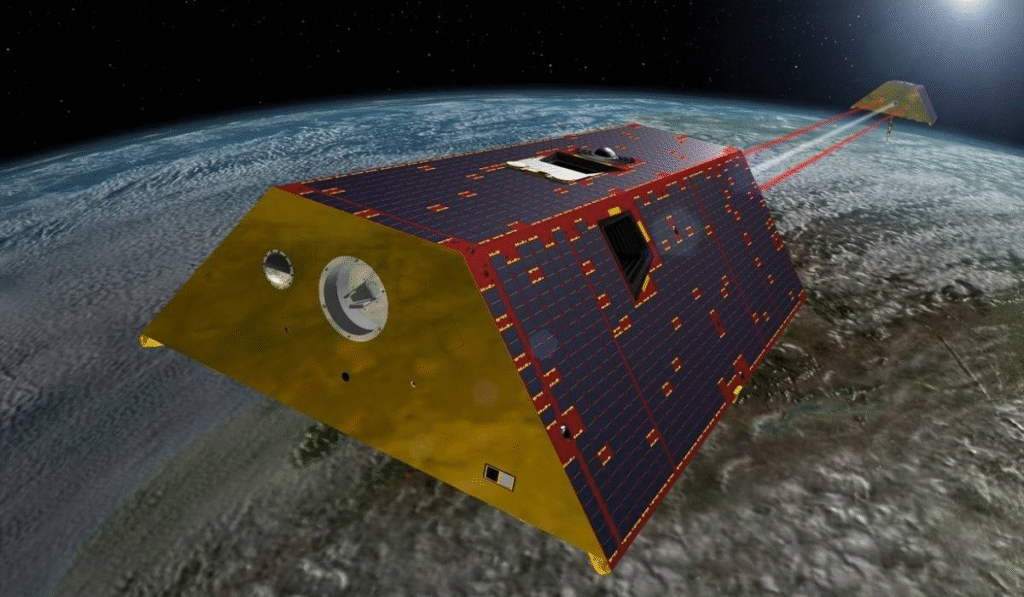When the internet first began to expand in the 1990s, users craved a place where they could create, share, and experiment freely. Geocities Fletchanz emerged as a platform that embraced this need for creativity, offering ordinary people the chance to build their own websites. Unlike today’s sleek and template-driven sites, these pages were full of animated GIFs, background music, and colorful text. While they might look outdated now, they were groundbreaking at the time. This era set the foundation for what we now recognize as personal branding, online communities, and grassroots digital culture. By giving people the tools to design freely, Geocities Fletchanz empowered early users to define what the internet could be.
A Community of Neighborhoods
One of the most fascinating aspects of Geocities Fletchanz was its “neighborhood” model. Users could select a themed neighborhood to host their website, grouping similar interests together. This meant a fan of science fiction might settle in one corner, while a food enthusiast could join a culinary-themed section. These neighborhoods were not just technical groupings but social ecosystems where people interacted, exchanged ideas, and built bonds. Unlike modern platforms that rely heavily on algorithms, Geocities Fletchanz encouraged people to actively seek out like-minded individuals. This system created a sense of digital belonging long before social networks formalized community interaction.
The DIY Spirit of the Internet

At its core, Geocities Fletchanz represented the do-it-yourself spirit of the early web. Instead of polished drag-and-drop builders, users worked directly with HTML, learning how to code simple structures. While the designs were often clunky, they carried authenticity and uniqueness that is missing in many modern websites. By giving individuals control over every detail, the platform cultivated digital literacy. Many web developers, designers, and content creators of today first honed their skills on Geocities Fletchanz. This culture of experimentation demonstrated that the internet could be both personal and powerful, inspiring future generations of creators.
Influence on Modern Web Culture
The impact of Geocities Fletchanz extends far beyond nostalgia. Many of the principles we see today in digital culture—customization, self-expression, and community—were pioneered during that era. Blogs, forums, and eventually social networks built upon its foundation. What platforms like Instagram and TikTok do with visuals and short videos, Geocities Fletchanz did with text and simple graphics. It taught users that digital spaces could reflect their personalities and ideas, a principle that continues to define our online lives. Without its influence, the evolution of the web might have taken a very different path.
The Transition from Personal to Corporate Web

As the internet matured, it shifted from personal expression to corporate dominance. While Geocities Fletchanz focused on giving individuals creative freedom, later platforms moved toward standardized templates and monetized content. Search engines, advertising networks, and data-driven strategies began to dominate the landscape. Many early users who had built vibrant communities found their spaces disappearing or being absorbed into larger platforms. The decline of Geocities Fletchanz symbolizes this transformation of the internet from a grassroots experiment into a commercialized ecosystem. Yet, its legacy remains embedded in the DNA of modern web culture.
Digital Nostalgia and Preservation Efforts
Even though Geocities Fletchanz no longer thrives as it once did, it continues to live on through digital nostalgia. Enthusiasts and archivists have worked tirelessly to preserve old pages, recognizing their importance as cultural artifacts. These preserved sites offer a window into the early web, reminding us of a time when creativity outweighed polish. They reveal how ordinary people shaped digital history and prove that the internet is more than just a technological tool—it is a reflection of society’s imagination. The efforts to save Geocities Fletchanz highlight how valuable these early contributions are in understanding the web’s evolution.
Lessons for Today’s Web Designers

Modern web designers can still learn from Geocities Fletchanz. Its emphasis on creativity over conformity shows that unique design has lasting cultural impact. While contemporary websites prioritize accessibility, speed, and sleekness, they often lack the playful experimentation of early internet pages. By revisiting the lessons of Geocities Fletchanz, today’s creators can balance usability with individuality. This balance allows users to feel connected to digital spaces in ways that go beyond simple consumption. The past reminds us that a website is not just a tool but a canvas for ideas and expression.
Community Building in the Age of Algorithms
Another crucial lesson from Geocities Fletchanz is the power of organic community building. Modern platforms rely on algorithms to connect users, but these automated systems often prioritize profit-driven engagement over meaningful interaction. In contrast, early digital neighborhoods encouraged genuine discovery. People joined communities out of shared passion, not because of targeted recommendations. By studying how Geocities Fletchanz nurtured communities, we can reimagine better ways of designing online interactions today. This approach could lead to healthier, more authentic digital connections in an age where trust in algorithms is fading.
The Enduring Legacy of Early Web Culture

Although the original platform has faded, the influence of Geocities Fletchanz continues to echo across the internet. Its role in shaping creativity, encouraging experimentation, and fostering communities cannot be overstated. Many modern online trends—from memes to personal branding—can trace their roots back to the ethos of that era. The internet is constantly evolving, but its history shapes its trajectory. By acknowledging the role of Geocities Fletchanz, we honor the pioneers who dared to explore what the digital world could become.
Conclusion: Looking Back to Look Forward
The story of Geocities Fletchanz is not just about nostalgia. It is about understanding how early web platforms laid the groundwork for today’s online experiences. It reminds us that digital spaces thrive when they prioritize creativity, individuality, and connection. As we move deeper into an era dominated by artificial intelligence, social media giants, and virtual reality, the lessons of Geocities Fletchanz remain more relevant than ever. By remembering the roots of the web, we can create a future that values human expression just as much as technological progress.
Frequently Asked Questions
1. What was Geocities Fletchanz?
- Geocities Fletchanz was an early web platform that allowed users to create personal websites and join themed neighborhoods, fostering creativity and online communities.
2. Why was Geocities Fletchanz important for digital culture?
- It played a crucial role in shaping online self-expression, teaching users basic coding skills, and laying the foundation for today’s web communities.
3. How did Geocities Fletchanz influence modern web design?
- It inspired the idea that websites could reflect personal identity, encouraging customization and creativity, which remain essential elements of online culture.
4. What led to the decline of Geocities Fletchanz?
- The rise of corporate-driven platforms, standardized templates, and commercialization of the web contributed to its decline, overshadowing grassroots creativity.
5. Is Geocities Fletchanz still accessible today?
- While the original platform is no longer active, many of its pages have been preserved by digital archivists, keeping its cultural legacy alive.


















